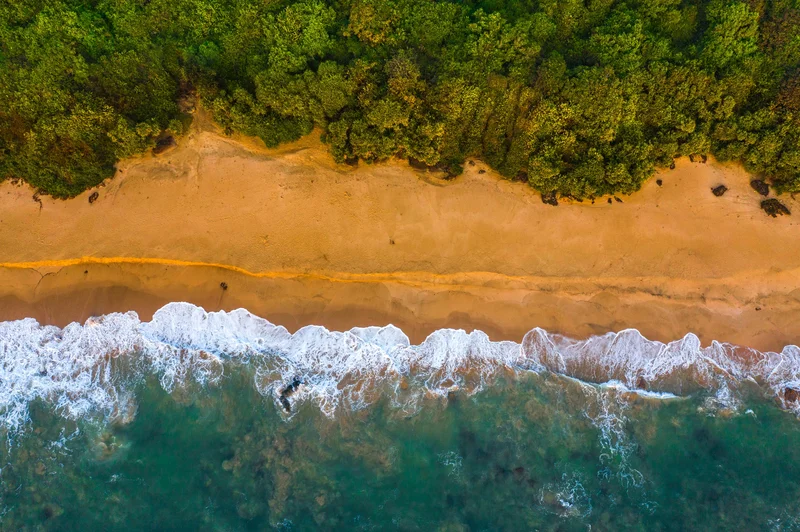IEA Report: Global Appetite vs. AI Impact
Oil's Not Dead Yet: The IEA's Conflicted Forecast
The International Energy Agency (IEA), the supposed voice of reason in the energy transition debate, seems to be hedging its bets. A new model suggests oil and gas demand could keep growing until 2050, a stark contrast to their previous forecasts of a rapid decline. What gives?
The IEA is now saying oil demand could hit 113 million barrels a day by 2050, up from 100 million in 2024. That's a 13% increase. Meanwhile, Australia is quietly becoming a solar powerhouse, installing 5.2 GW of solar capacity in 2024 alone, bringing its total to 40 GW. (For context, that 5.2 GW surpasses all solar installations up to the end of 2015.) It's a tale of two energy futures, and the IEA seems unsure which one to believe.
The LNG Wildcard & Policy Shifts
The IEA report points to a couple of key factors driving the potential for continued oil and gas growth. First, a shift in US policies towards greater fossil fuel reliance. It's vague, but likely alluding to a slowdown in regulatory pressure on the oil and gas industry. Second, a potentially slower-than-expected adoption rate for EVs. While EV sales are projected to rise, the IEA anticipates a plateau after 2035.
But the real kicker is LNG. Final investment decisions for new liquefied natural gas projects have surged, with a projected 50% increase in global LNG supply by 2030. That's a massive influx of natural gas into the market, and it's hard to see how that doesn't translate into increased consumption.

Australia’s solar achievements, while impressive (44% of freestanding homes have solar panels), don't seem to be enough to counteract the global pull of fossil fuels. Even with over 20% of the nation's electricity coming from solar, Australia still isn't in the top ten markets for annual solar installations. This highlights a crucial point: individual success stories don't necessarily translate into global trends.
Australia's Solar Paradox
Australia presents an interesting case study in the complexities of the energy transition. They're adding solar capacity at a blistering pace, but they're also facing challenges. Grid connection approvals, congestion management, and fragmented access arrangements are all increasing costs and risks for utility-scale solar projects. The IEA notes that despite incentives like the Capacity Investment Scheme and its 40 GW target, these issues persist.
And this is the part of the report that I find genuinely puzzling. Australia has excellent insolation (sunlight), yet Tasmania, with lower insolation (3.7 kWh per year), only has 20% of freestanding homes with solar PV. Why isn't Tasmania pushing harder for solar adoption? Is it a matter of political will, grid infrastructure, or something else entirely?
The reclassification of residential solar systems from 10 kW to 15 kW also raises questions. Is this a genuine reflection of changing consumer demand, or is it a way to massage the numbers and make the installation rate look more impressive? I’d want to see a deeper dive into the why behind this shift.
It's the LNG, Stupid
The IEA's report is a mess of conflicting signals. On one hand, they acknowledge the potential for continued growth in oil and gas demand. On the other, they highlight the progress being made in renewable energy, particularly solar. But the surge in LNG investment throws a wrench into the whole narrative. It's hard to see how the world can wean itself off fossil fuels when it's simultaneously investing billions in new gas infrastructure. The data suggests that as long as LNG is cheap and abundant, oil isn’t going anywhere.
-

XYZ Stock: Bullish Outlook and Buybacks – What's the Catch?
Block's$5BillionBuyback:So,Wh...
-

Warren Buffett's OXY Stock Play: The Latest Drama, Buffett's Angle, and Why You Shouldn't Believe the Hype
Solet'sgetthisstraight.Occide...
-

The Great Up-Leveling: What's Happening Now and How We Step Up
Haveyoueverfeltlikeyou'redri...
-

The Business of Plasma Donation: How the Process Works and Who the Key Players Are
Theterm"plasma"suffersfromas...
-

NJ's ANCHOR Program: A Blueprint for Tax Relief, Your 2024 Payment, and What Comes Next
NewJersey'sANCHORProgramIsn't...
- Search
- Recently Published
-
- Royal Caribbean Cruise: What's Driving The Stock Surge?
- Xbox Cloud Gaming and Fortnite: What's the Catch?
- MSTR: Stock Price, Bitcoin Holdings, and Key Drivers
- Spy Allegations: China vs. Philippines and the Reactions
- ETH6900: Vitalik's Meme Coin Dump and the Aftermath
- Shameless Accusations: What We Know and the Fallout
- NVDA Stock Surge: Revenue Beats Expectations and the Bullish Outlook – What Reddit is Saying
- IEA Report: Global Appetite vs. AI Impact
- Binance Under Scrutiny: Trump Pardon Controversy and Illicit Crypto Flows
- Target Stock Plunge: Earnings Guidance vs. Market Reaction
- Tag list
-
- carbon trading (2)
- Blockchain (11)
- Decentralization (5)
- Smart Contracts (4)
- Cryptocurrency (26)
- DeFi (5)
- Bitcoin (29)
- Trump (5)
- Ethereum (8)
- Pudgy Penguins (5)
- NFT (5)
- Solana (5)
- cryptocurrency (6)
- XRP (3)
- Airdrop (3)
- MicroStrategy (3)
- Stablecoin (3)
- Digital Assets (3)
- PENGU (3)
- Plasma (5)
- Zcash (5)
- Aster (4)
- investment advisor (4)
- crypto exchange binance (3)
- SX Network (3)
